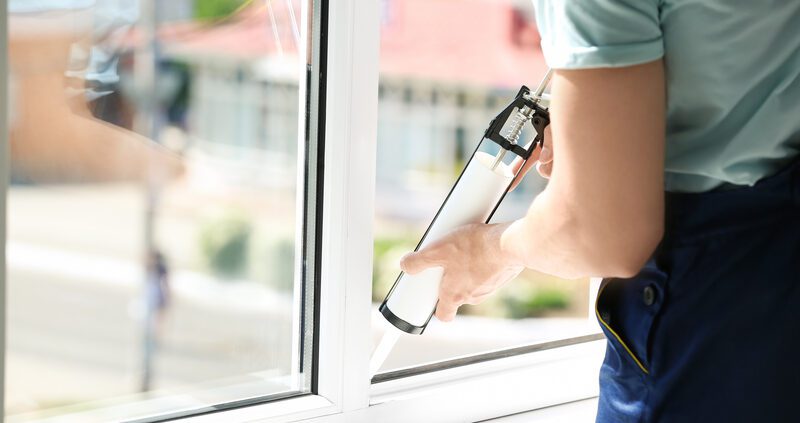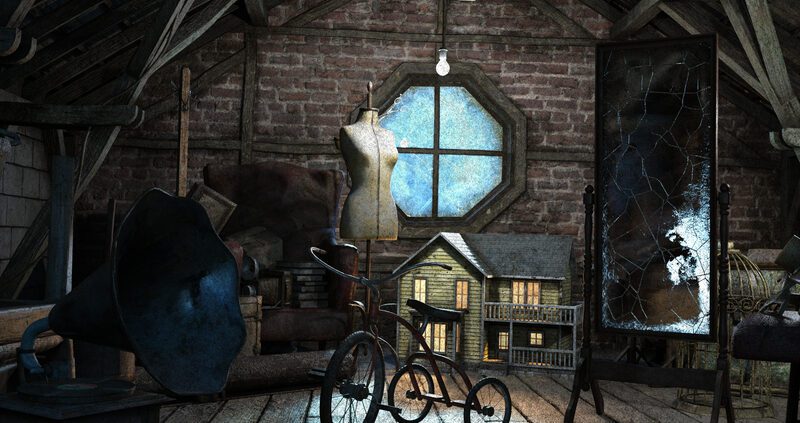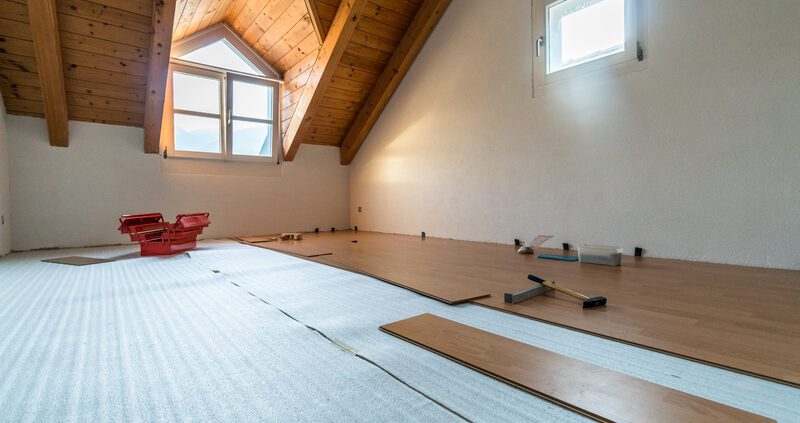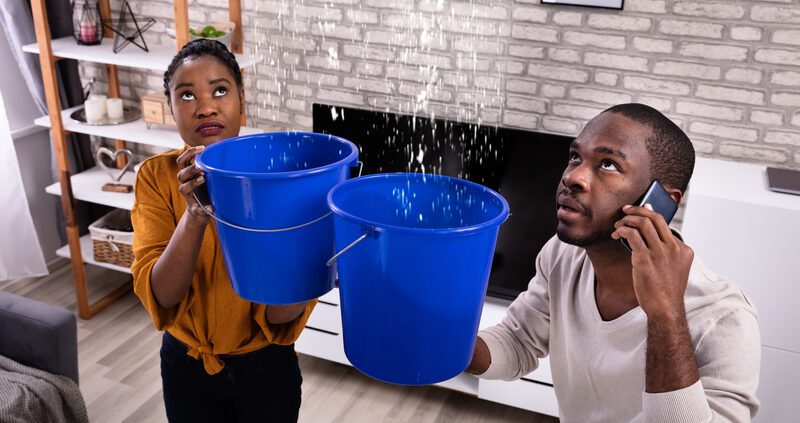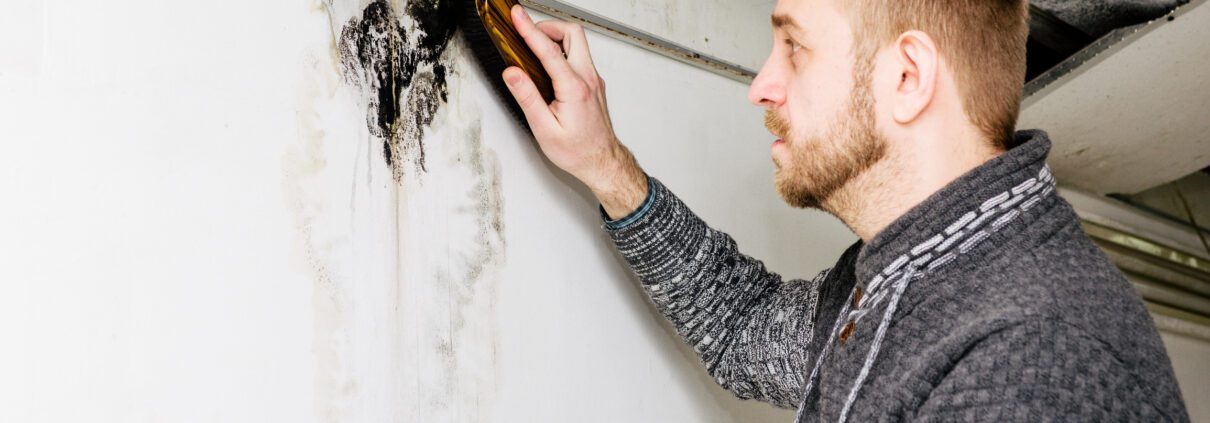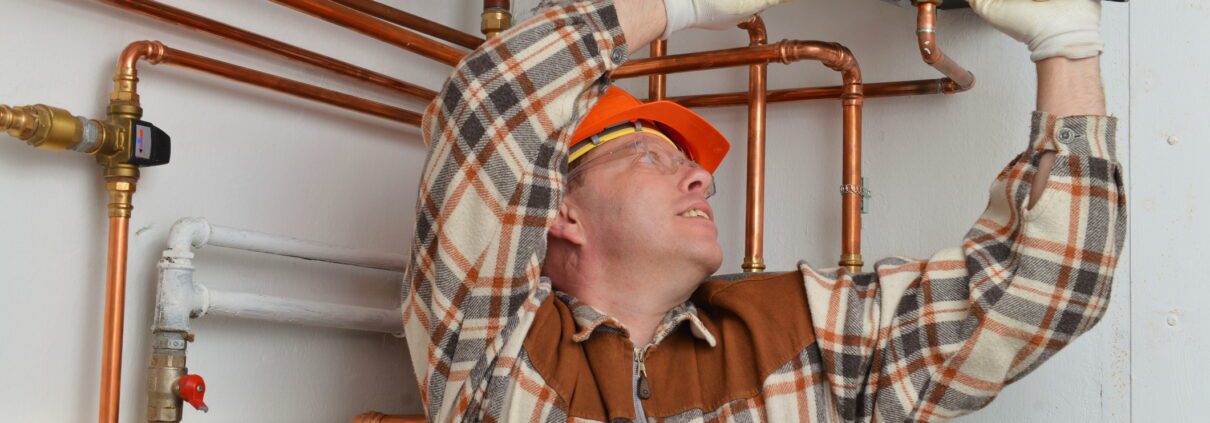Why Your Home Might Be Inefficient
Have you been dreaming of making your home more “green” and environmentally friendly? Having an energy-efficient home can save you money and decrease your carbon footprint. Here are a few reasons why your home might be inefficient when it comes to energy usage.
Lack of Insulation
First, your home might be inefficient in energy consumption if it has a significant lack of insulation. Insulation can help keep your home warm in the winter and cool in the summer. Insulation can help to prevent your interior air from escaping to the outdoors.
This is important when your HVAC system works hard to maintain an ideal temperature inside your home. If you have a lack of insulation, your energy bills might increase as you have to crank your thermostat higher (or lower) to stay comfortable inside your home. Adding more insulation to areas of your home, particularly your attic, can help your home to be more energy efficient.
Cracks Near Your Windows
Next, if you have cracks near your windows, this might be another reason why your home is inefficient. Cracks often develop around your windows over time. There might be cracks in the wood frames of your windows.
There might also be cracks in the grout or sealant used around your windows. Even if these cracks are minuscule, they can make a difference in the efficiency of your home. Your home’s cooled or heated air can sneak out of these cracks, making it harder to keep your home comfortable inside. You can fix this problem by getting new windows or replacing the sealing around your windows. Sealing your windows also helps keep pests out.
Old Appliances
Finally, your home might be inefficient if you have old appliances. Old appliances generally aren’t as energy-efficient and can cost you a lot of money on your energy bills. Admittedly, it can be expensive to replace your appliances, especially with all of the technological updates and advances that seem to be constantly coming out. However, you should view replacing your appliances as an investment that is well worth it. Many older appliances will use phantom power, causing you energy loss even when they aren’t in use. It can help to unplug these appliances when they’re not in use, but they often require a lot more energy when you actually need to use them. Replacing your old appliances can solve this problem of phantom energy loss.
So, if you’re trying to “go green” and make your home more cost and energy efficient, remember these tips. Your home might be inefficient because of a lack of insulation, cracks near your windows, and old appliances. Resolving these issues can help you to save money and energy.
Did you enjoy reading this article? Here’s more to read: Home Renovations That Pay for Themselves

